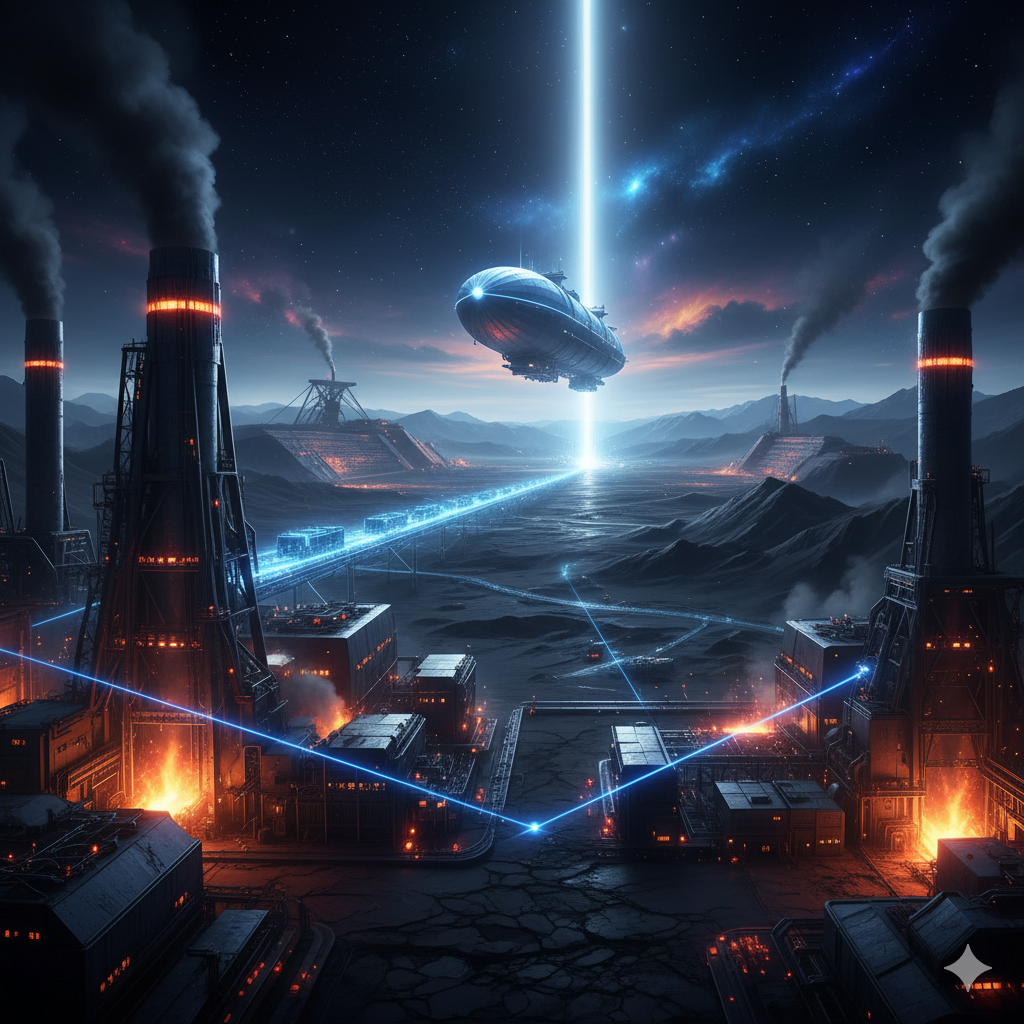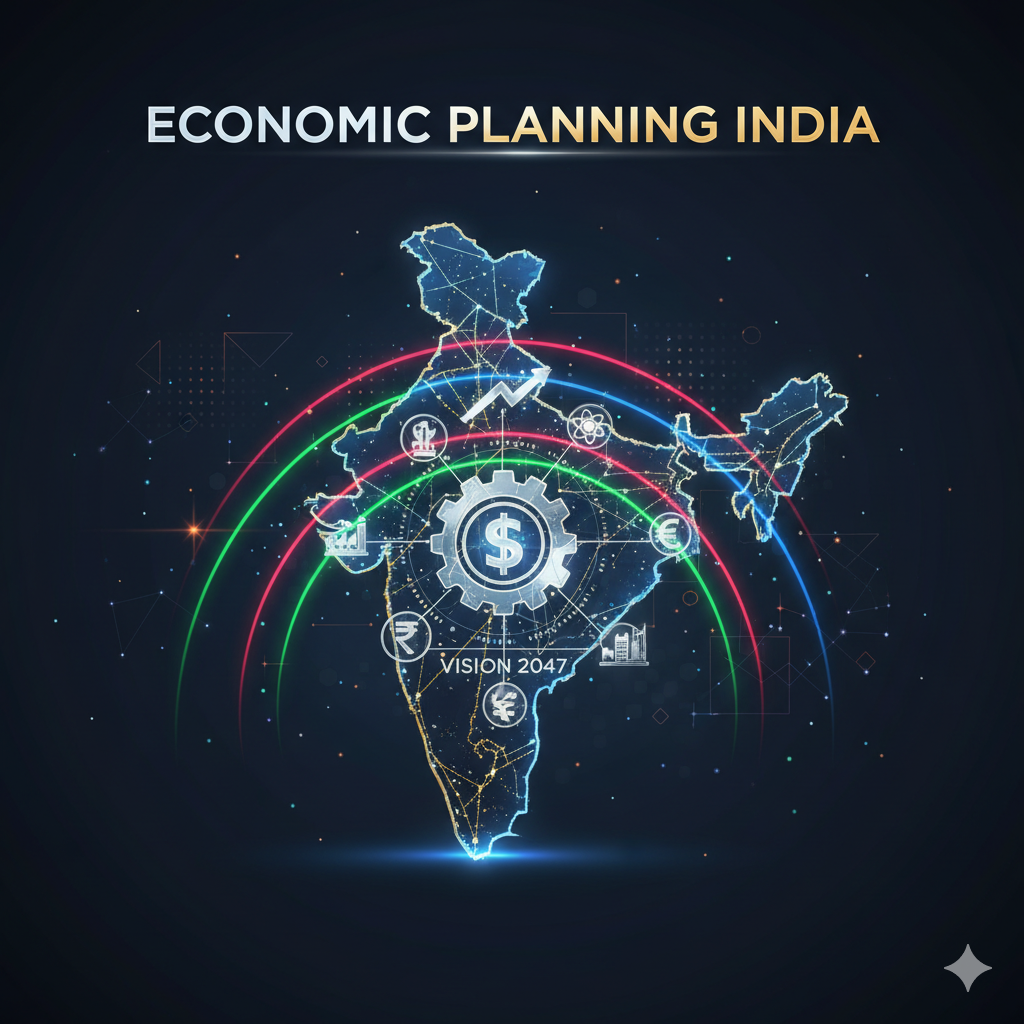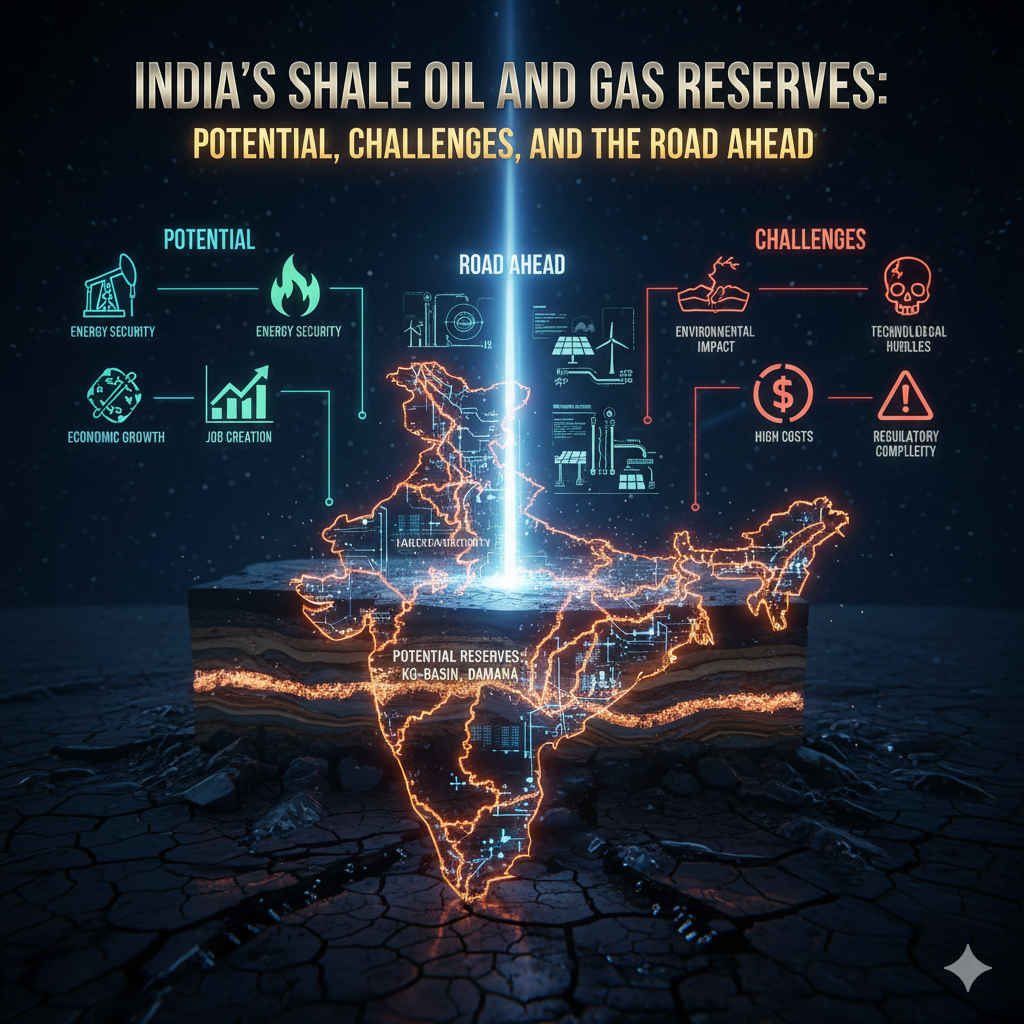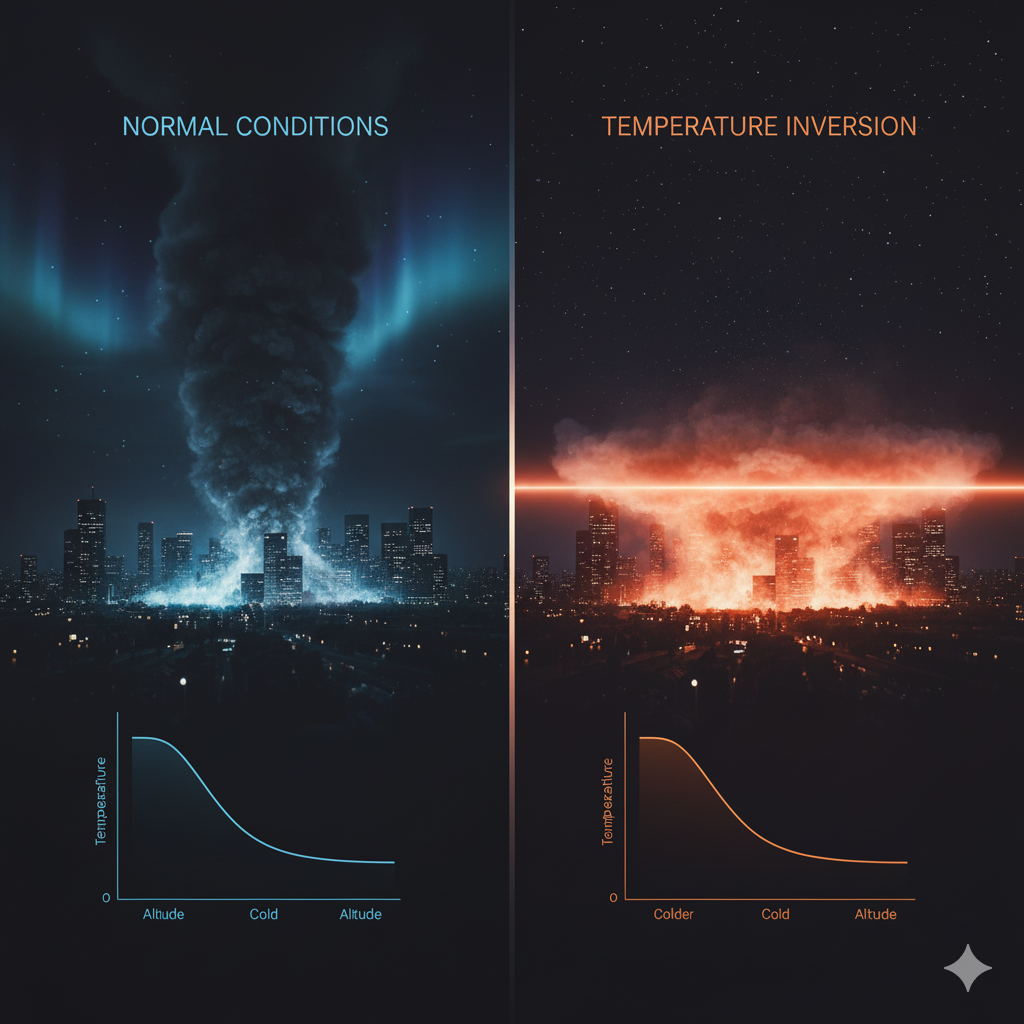Introduction
Iron and steel industries are fundamental to industrial development, forming the backbone of infrastructure, transportation, construction, and defense sectors. Traditionally, these industries were established close to raw material sources—iron ore and coal—because transportation was expensive and infrastructure limited. Classic examples include the Bhilai Steel Plant (Chhattisgarh) and Rourkela Steel Plant (Odisha), located near iron ore and coal reserves.
However, with changing technological, economic, and logistical paradigms, many iron and steel industries today are located away from raw material sources. This shift is driven by factors such as proximity to markets, availability of cheaper transport, access to ports, power supply, skilled labor, and government incentives. Understanding the reasons behind this change is crucial for students of geography, economics, and industrial planning.
This essay provides a detailed discussion on why iron and steel industries are increasingly located away from raw material sources, with examples from India and abroad, exploring historical evolution, geographical factors, economic considerations, and modern industrial trends.
Traditional Location of Iron and Steel Industries
Historically, the location of iron and steel plants depended primarily on raw material proximity.
- Iron Ore: Found in states like Jharkhand, Odisha, Chhattisgarh, Karnataka, Goa, and Maharashtra.
- Coal: Concentrated in Jharkhand, Chhattisgarh, West Bengal, Odisha, and Madhya Pradesh.
- Limestone: Found in Madhya Pradesh, Rajasthan, and Chhattisgarh.
Earlier plants were located near mineral-rich belts to minimize transport costs of bulky raw materials. Examples include:
- Bhilai Steel Plant, Chhattisgarh – near Dalli Rajhara iron ore mines.
- Rourkela Steel Plant, Odisha – close to iron ore deposits of Bonai-Keonjhar belt.
- Jamshedpur (Tata Steel), Jharkhand – near Noamundi iron ore mines and Jharia coalfields.
These plants exemplify the raw material-oriented location theory, prevalent during early industrialization.
Shift Away from Raw Material Proximity
In the present industrial scenario, many steel plants are situated away from traditional mineral belts. This is due to the evolution of transport infrastructure, market-oriented industrialization, and technological advancements.
1. Proximity to Market
Steel is a finished product consumed in bulk by construction, automotive, and manufacturing sectors.
- Transporting finished steel is cheaper per ton than transporting raw materials like iron ore or coal because the latter is bulky and heavy.
- Market-oriented location ensures faster delivery, reduces time, and improves customer service.
Examples in India:
- Steel Authority of India Ltd. (SAIL), Durgapur – located in West Bengal near Kolkata, away from major iron ore mines, to cater to eastern India’s industrial and urban markets.
- IISCO Steel Plant, Burnpur, West Bengal – strategically positioned to serve eastern and northeastern markets.
International examples:
- Pittsburgh Steel, USA – initially near coal, later plants moved closer to markets like Chicago to supply automotive industries.
- Port-based steel plants in Japan – Osaka and Tokyo plants are near urban markets, away from domestic mineral sources.
2. Availability of Cheap and Efficient Transport
Modern transport has reduced the cost disadvantage of moving raw materials:
- Railways, road networks, and waterways enable bulk transport of iron ore, coal, and limestone to plants far from mines.
- Port-based import of iron ore from Australia or Brazil allows plants in regions lacking domestic minerals.
Examples:
- JSW Steel, Mumbai – uses imported iron ore from Australia and Brazil. Location near the port allows cheaper import and easy shipment of finished steel.
- Vizag Steel Plant (Andhra Pradesh) – away from domestic iron ore sources; uses port facilities for import of raw materials.
Global perspective:
- European steel plants in Germany (Duisburg, Düsseldorf) are located near the Rhine River to facilitate import of iron ore from Sweden, Brazil, and Australia.
3. Port-Based Location Advantages
Port-based steel plants are growing in importance due to:
- Easy import of high-quality iron ore and coking coal.
- Reduced transportation cost for finished products.
- Better connectivity with international markets.
Examples:
- JSW Steel, Dolvi, Maharashtra – port location allows import of raw materials and export of steel.
- Tata Steel Kalinganagar, Odisha – near Paradip port for iron ore imports and finished steel exports.
- POSCO, India (Odisha) – established near the coast to leverage port facilities.
International:
- Japan’s steel plants (Kobe, Tokyo) rely heavily on imported iron ore from Australia and Brazil, not domestic sources.
4. Availability of Skilled Labor and Industrial Infrastructure
Modern steel plants require technologically skilled labor, access to engineering services, and industrial support facilities:
- Urban or semi-urban areas provide a better labor pool than remote mineral belts.
- Supporting industries like fabrication, machinery, and logistics are more available near industrial hubs.
Examples in India:
- Durgapur Steel Plant – benefits from industrial ecosystem of Durgapur industrial belt.
- Rourkela expansion units – technology and manpower sourced from nearby urban centers.
5. Government Policies and Incentives
Governments often promote industrial corridors, SEZs (Special Economic Zones), and growth centers away from mineral belts. Benefits include:
- Tax incentives
- Subsidies for energy and infrastructure
- Access to finance and technology
Examples:
- Jamshedpur Steel Township – industrial and residential planning attracts labor and technical personnel.
- Vizag Steel Plant – supported by Andhra Pradesh government incentives to promote industrialization in port-based locations.
6. Environmental and Social Considerations
- Remote mineral belts often face ecological sensitivity, indigenous populations, and forest cover.
- Establishing steel plants away reduces environmental clearance issues and conflicts with local communities.
Examples:
- Port-based plants in Maharashtra and Odisha avoid forested mineral belts, mitigating deforestation concerns.
- Japanese coastal plants minimize ecological impact by using imported raw materials.
Economic Factors Influencing Location Shift
- Cost of Transportation of Finished Product vs. Raw Materials
- Bulky raw materials are now transportable at lower costs due to rail and ship networks.
- Finished steel is lighter in volume per unit value, making market proximity more critical than raw material proximity.
- Bulky raw materials are now transportable at lower costs due to rail and ship networks.
- Globalization and Import of Raw Materials
- High-grade iron ore and coking coal can be imported competitively, reducing dependence on domestic mineral belts.
- This enables steel plants to be closer to consumer markets, not mines.
- High-grade iron ore and coking coal can be imported competitively, reducing dependence on domestic mineral belts.
- Energy Accessibility
- Coal-based plants require power, and electricity availability is often higher near urban-industrial zones.
- Hydropower or thermal energy proximity can influence plant location.
- Coal-based plants require power, and electricity availability is often higher near urban-industrial zones.
Case Studies in India
1. Durgapur Steel Plant (West Bengal)
- Established away from iron ore and coal mines.
- Benefits from rail connectivity, proximity to Kolkata port, and industrial labor.
- Serves eastern India markets efficiently.
2. JSW Steel, Dolvi (Maharashtra)
- Coastal location facilitates import of iron ore.
- Proximity to Mumbai and industrial belt ensures easy market access and skilled workforce.
3. Tata Steel Kalinganagar (Odisha)
- Port-based location for import/export efficiency.
- Modern plant with focus on global market supply.
International Examples
- Japan – lacks domestic iron ore and coal; relies on imports. Plants located near urban and port areas.
- South Korea – POSCO plants near port cities for raw material import and product export.
- Germany – Duisburg steel plants near Rhine for importing ore from Sweden and Brazil.
These examples show that modern steel industry location is market- and logistics-oriented rather than raw material-oriented.
Future Trends in Steel Plant Location
- Urban Industrial Corridors – Proximity to markets will dominate future location choices.
- Port-Based Mega-Plants – Facilitating imports of raw materials and exports of finished steel.
- Greenfield and SEZ Locations – Industrial zones planned with infrastructure and workforce in mind.
- Technology-Driven Plants – Advanced plants may require more skilled labor and tech support than proximity to minerals.
- Environmental Sustainability – Avoidance of ecologically sensitive mineral belts, focus on renewable energy sources.
Conclusion
The present location of iron and steel industries away from raw material sources is a result of economic pragmatism, technological advancement, and globalization. While traditional plants were mineral-oriented, modern plants prioritize market access, transport efficiency, skilled labor availability, government incentives, environmental considerations, and port connectivity.
Examples like Durgapur, JSW Dolvi, and Kalinganagar in India, along with Japanese and European steel plants, illustrate this trend.
The shift away from raw material dependency reflects how the steel industry adapts to modern challenges—reducing production costs, optimizing logistics, and catering to global markets—while still ensuring raw material supply through efficient transport and imports.
This trend emphasizes the dynamic nature of industrial geography, demonstrating that industries evolve not only with resource availability but also with changing economic, technological, and policy contexts.




